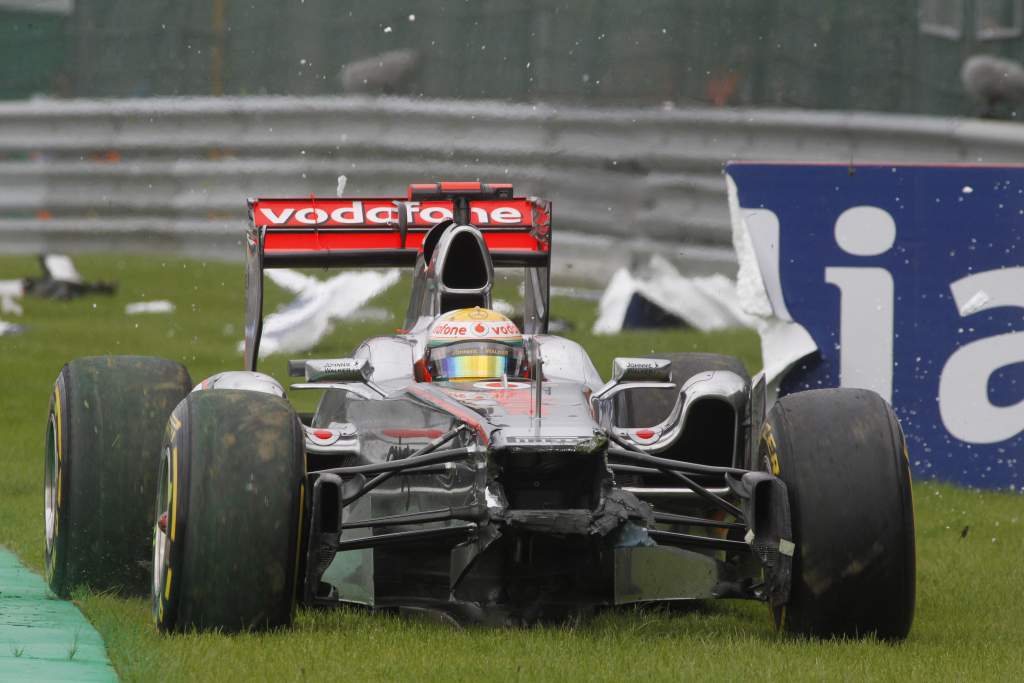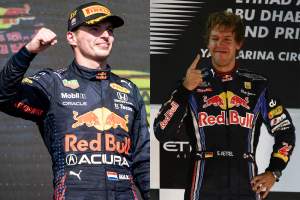Up Next

It’s the final day of our writers’ selections of their highlights from The Race’s 2021 season, and Sam Smith’s last pick explores the least impressive part of Lewis Hamilton’s Formula 1 career.
This piece by Mark Hughes in January this year communicated so much I didn’t know about the background of Lewis Hamilton’s wilderness years.
It’s packed with some great revisionist history and excellent judgements. The one revelation of Hamilton being ‘just slow’ at Suzuka in 2011 has to be read at least twice!
Between Lewis Hamilton’s first world title of 2008 and his second six years later, it really didn’t look as if the record books were going to surrender to him the way they have done.
During that time Sebastian Vettel was on a dazzling run of victories and titles with the Red Bull team, dominating from the front often as not and it was he, if anyone, who looked capable of one day getting within range of Michael Schumacher’s incredible career statistics.
Hamilton, in a series of McLarens between 2009-12 that varied between mediocre and competitive, had to accept snatching the odd victory, on days when his virtuosity would hold sway.
But even during this time, Hamilton’s reputation as F1’s outright fastest driver was not seriously in doubt; there were many markers of individual brilliance along the way.
Whether he was the outright best in any one season at that time was a more open question. Many would point to Fernando Alonso as the most complete on-track performer during that time – but, like Hamilton, it looked as if his stature would not align with the record books either, as Vettel romped away to those four consecutive world championships.
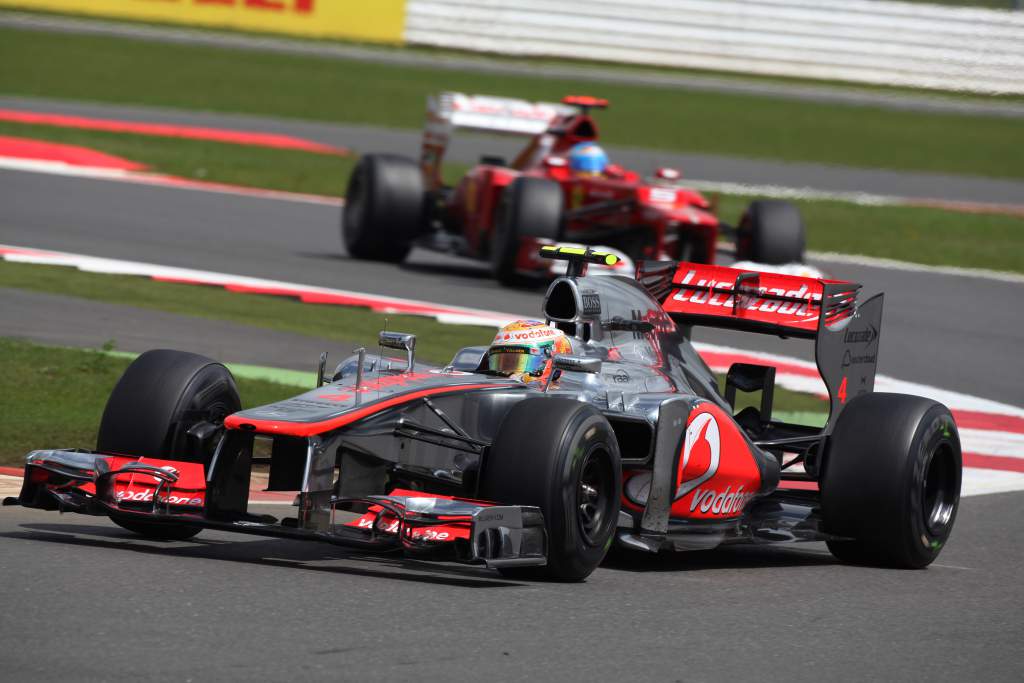
Hamilton said after winning the 2018 title that it had been such a demanding campaign, requiring him to dig deep on so many fronts, that the sensational rookie Hamilton of 2007 “would not have stood a chance” of winning it.
The basic raw speed was there right from the start; Hamilton hasn’t become faster since then.
But he’s become more complete and can now ally that speed with a far deeper understanding of – and influence on – all the components which make up a winning campaign.
He is more proactive in the car and, especially, out of it. He has a fuller understanding of the technicalities, has absorbed more of the incredible knowledge of the team behind him.
As he has matured, he’s come to appreciate the personal dynamics around him and how to extract the most from them – in much the way Michael Schumacher used to do.
He’s come to understand himself more, able to more consistently extract that incredible potential that was always there.
If in his pre-Mercedes time he might merely have been the fastest, he’s developed since then to become incredibly complete – without losing the speed.
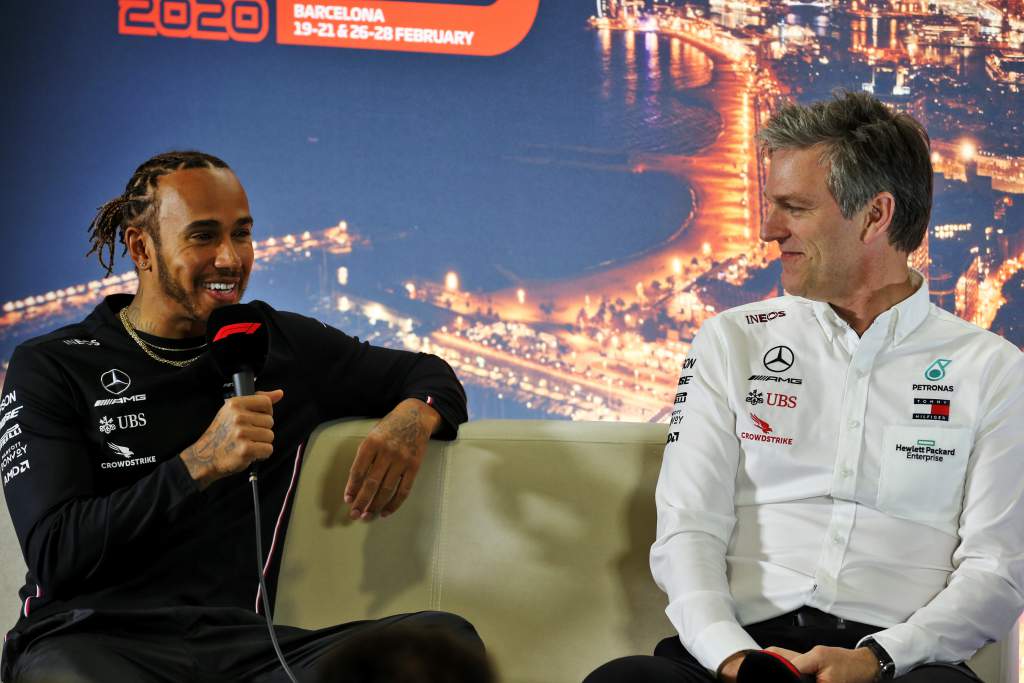
James Allison – who has worked closely with Schumacher, Alonso, Vettel and Hamilton – believes Hamilton is now the greatest of them all.
“It’s an unfair comparison,” he says, “because they raced in different eras. But the thing he and Michael have in common is their qualifying pace, their ability to tolerate a very ‘on the nose’ car. If I had to play the parlour game, I would shade that aspect to Lewis.
“But what Lewis definitely has as a thing that Michael didn’t is an ability to conserve tyres in the race.
“Lewis has had to develop that ability because that’s the predominant challenge of this era of racing. Lewis’ gift for that has been acquired over the seasons.
“There may have been a question mark over that early in his career. But his mastery of that now is extraordinary. Whereas Michael came from an era of short-stint refuelling racing and certainly didn’t have the feel for the tyre that Lewis has in racing conditions.
“Maybe if Michael had been Michael in Lewis’ era of the sport he’d have acquired it.”
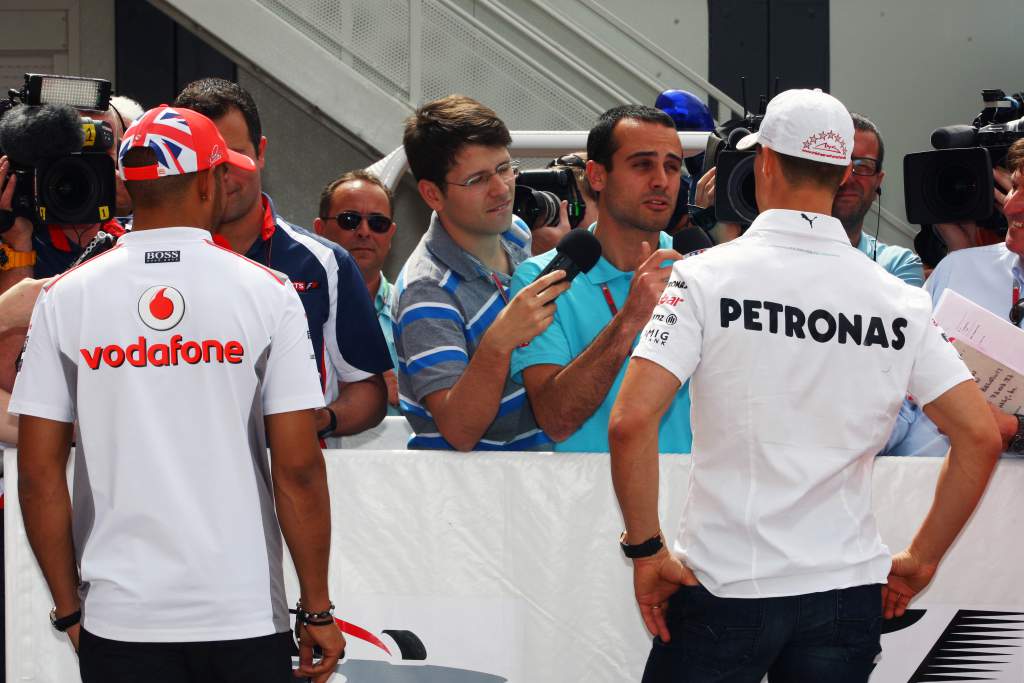
Allison just picked the tyre understanding as an example. The completeness extends beyond just that. Hamilton’s been a long, and not always progressive, evolution. It should be set against the backdrop not only of his own maturing, but his change of teams from McLaren to Mercedes.
“When I was at McLaren I would challenge things and they never ever listened,” he says. “They just did their thing. When I joined this team they were much more receptive whenever I challenged anything.”
The Hamilton-McLaren dynamic was sometimes an uneasy one. There was definitely an element of the young apprentice not being given the recognition by the team he felt was his due and there was maybe a self-sustaining element to it – in that his own personal life dramas just reinforced the management’s paternal attitude towards him. This attitude of ‘McLaren knew best’ was beginning to frustrate him whenever he tried to do things differently.
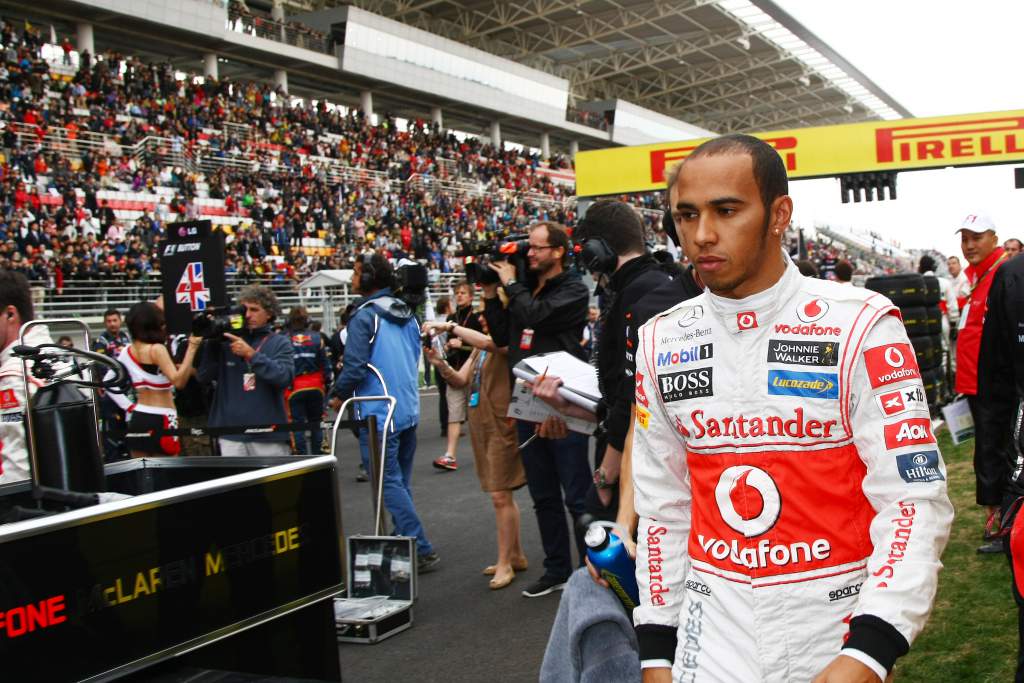
At Mercedes everyone from Niki Lauda, Ross Brawn and Toto Wolff down interacted with him as a world champion joining their team and bringing many things worth listening to. He became more of a partner than an employee – and that too will have had a positive effect on his performances.
That’s the complex background against which his between-titles years should be considered.
But even during these Hamilton ‘wilderness’ seasons he was still scoring grand prix victories, plenty of them. It’s just that they pale alongside the seven hybrid-era seasons, only one of which saw Hamilton score fewer than 10 wins. His average season win tally 2014-2020 is 10.4. His pre-2014 average was 3.1. (Vettel’s between 2009-13 was 7.8).
It is the skewed nature of these stats which has given ammunition to the contention – invariably only ever made from outside of the sport – that Hamilton is anything less than one of F1’s handful of true greats.
It’s nonsense. His peaks were always of a level few if any of his peers ever reached. It’s just in the supporting aspects of those peaks that he lacked. By far the major driving factor of the fallow years was the quality of his equipment.
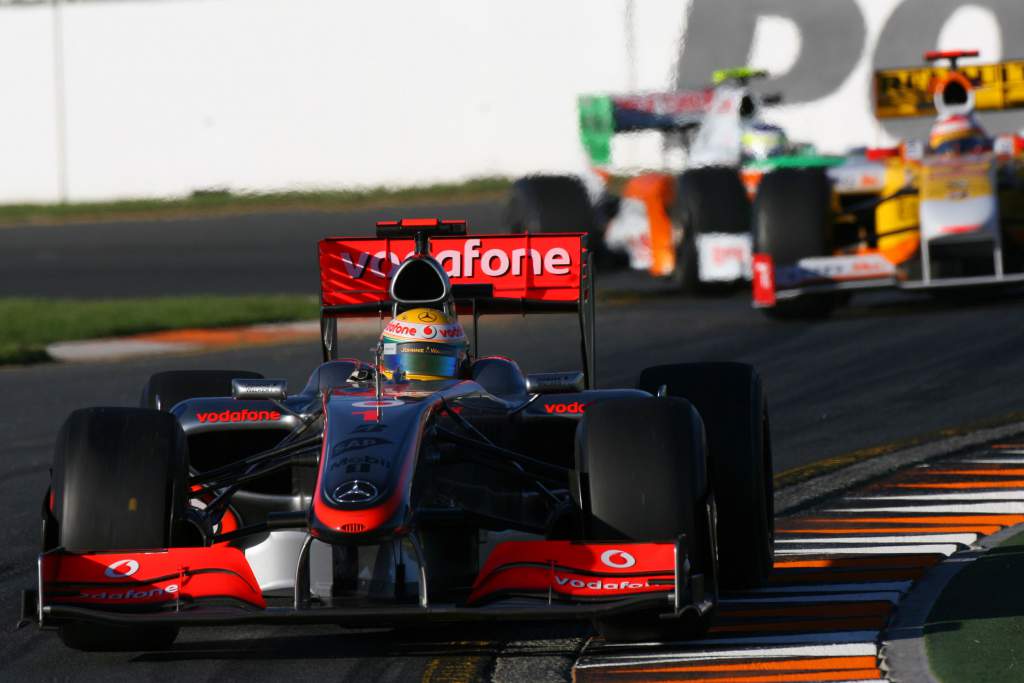
In 2009 McLaren produced the MP4-24 in response to the all-new aero regulations. It was initially woefully uncompetitive – 3s off the pace in testing, a deficit that was still 1.5s by the time of the first race. It was the only car of the 2009 crop that in its front wing design continued to prioritise in-wash rather than outwash – which turned out to be fundamentally wrong.
Before the outwash wing was developed and fitted to the car mid-season, the MP4-24 was often the very slowest machine on the grid and a couple of times Hamilton couldn’t even graduate from Q1 in it. At Istanbul it was 10-15kph slower through the fast Turn 8 than the Force Indias, let alone Vettel’s Red Bull!
This was the season of ‘Liegate’ arising from events at the season opener in Australia, when a false account was provided to the stewards of an on-track incident. Hamilton was still very much under the influence of his father and manager Anthony at this point and there was a lot of tension between the Hamilton and Ron Dennis camps.
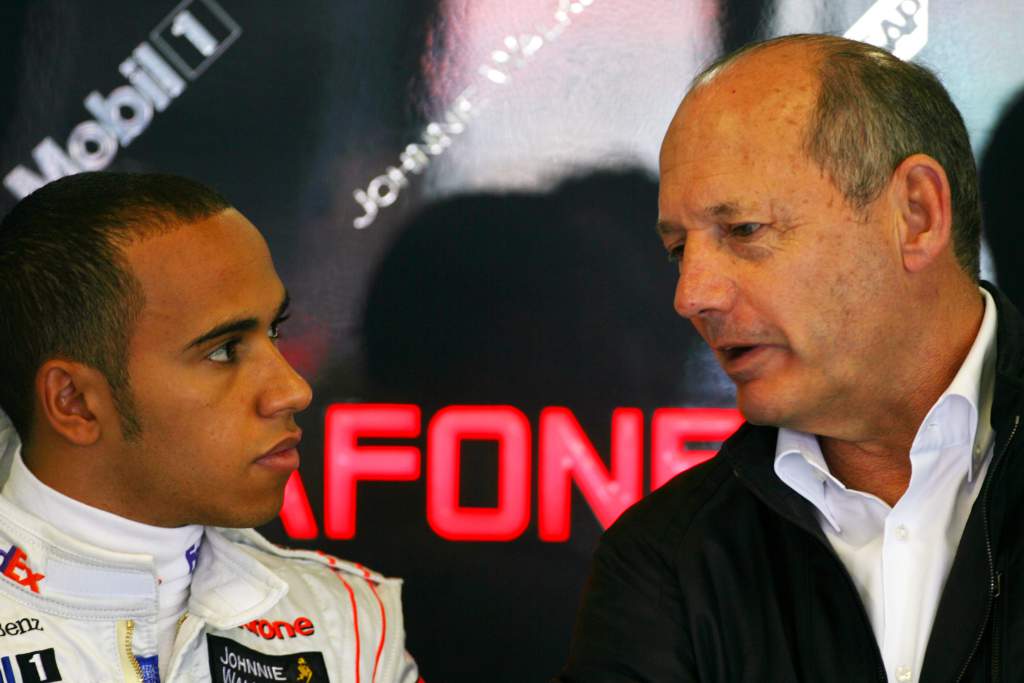
The team was in terrible turmoil, leading to Dennis standing down from running the team as a sop to FIA president Max Mosley, putting Martin Whitmarsh in charge.
But amid all this off-track controversy, recall that the incident in question was about the contest for third place. Hamilton had somehow got that car into an immensely flattering position, something he repeated with a fourth place in Bahrain.
Around more technical circuits such miracles couldn’t be conjured, but when the car was finally upgraded to outwash spec it vaulted from being the slowest car to the third-quickest (behind Brawn and Red Bull). That was enough to bring Hamilton into play and he used KERS to pass Mark Webber’s Red Bull to win in Hungary.
Later, he dominated from a stunning pole in Singapore – way over the car’s potential, by the team’s own admission at the time – and was fighting for second on the last lap at Monza when he crashed out chasing the Brawns.
In Valencia he led for much of the way but Rubens Barrichello in the Brawn always had him on a bit of strategic elastic and ultimately pushed him down to second. In Abu Dhabi he set a stupendous pole and looked set to walk the race but suffered a brake problem that put him out.
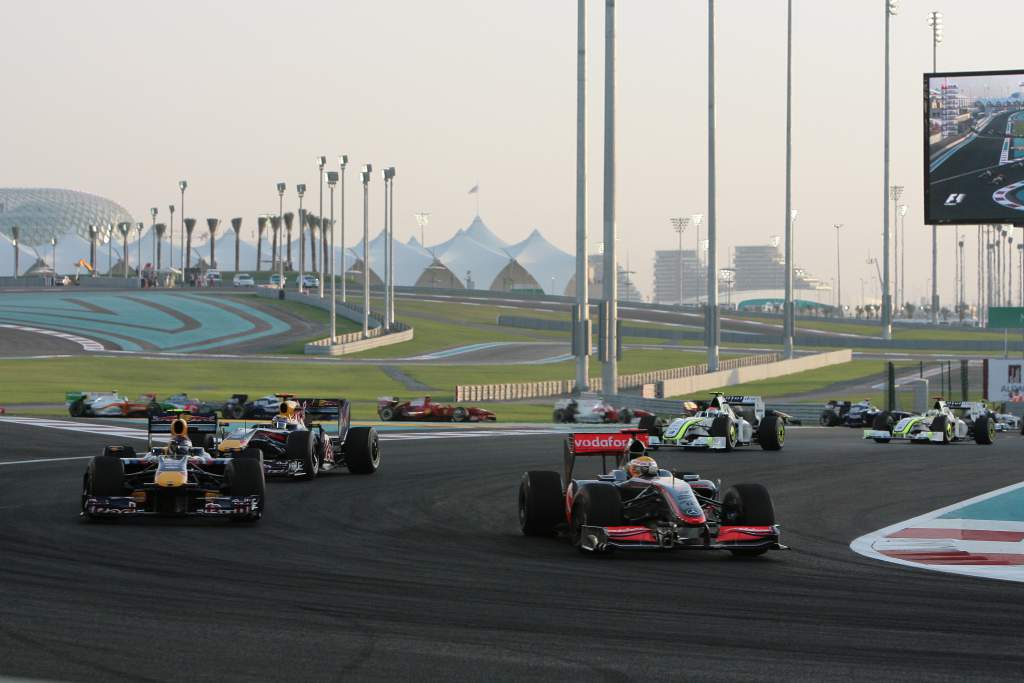
In summary, in 2009 he had put the car in places it had no business being in Australia, Bahrain, Hungary, Valencia, Italy, Singapore and Abu Dhabi. Where it was possible to make valid comparison he outqualified team-mate Heikki Kovalainen by an average of 0.274s and won twice in what wasn’t on merit a winning car.
But he wasn’t faultless. In China, having somehow scraped the early-season car into Q3, he had a wild race in the wet to sixth, destroying his tyres. His Monaco weekend was defined by him crashing out of Q1. His raw pace remained phenomenal in ‘09, but there were still occasional lapses.
For 2010 Hamilton was joined at McLaren by reigning champion Jenson Button. Over the course of the three seasons they were paired, Button scored marginally more points. Hamilton outscored him in both 2010 and ’12, but by a smaller total than his deficit to Button in 2011.
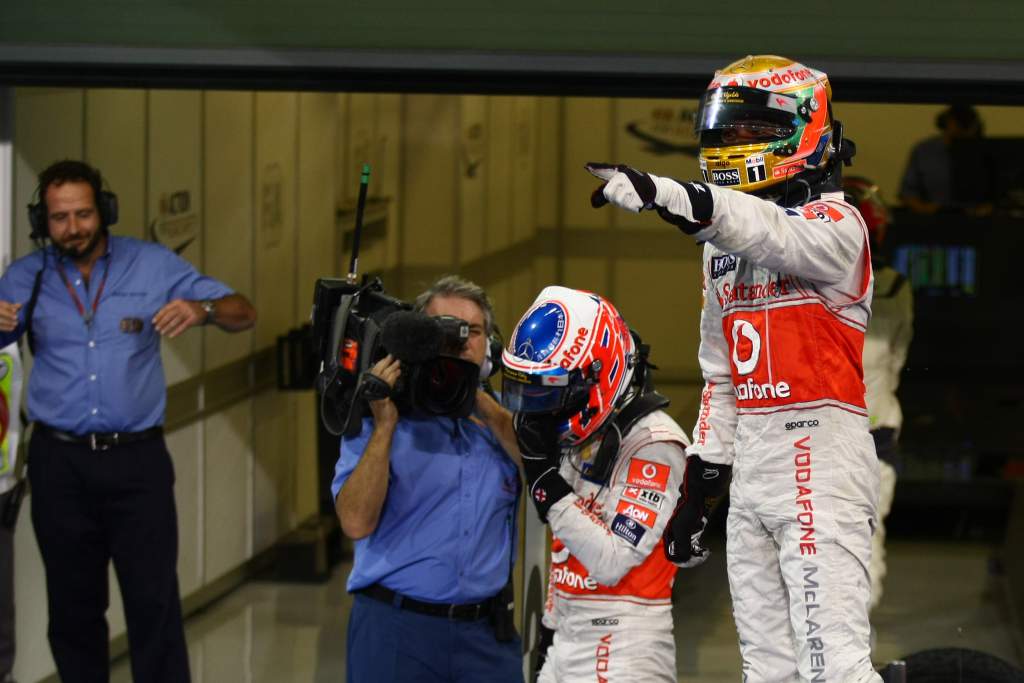
Although that stat is skewed, as we will see, Hamilton did find things to learn from Button, who scored two victories from his first four races with the team, including a straight duel of wet-weather driving in China.
Button was much more proactive both in the car and out of it. His calls on tyres in changeable conditions were what won him Australia on a day when Hamilton just waited to be told what to do (a trait which had lost him the 2007 world championship in China).
But having looked closely at Hamilton’s telemetry, Button saw things that he’d not previously believed possible and confided to his father John, “If ever he works out how to work with his engineers, the rest of us may as well go home.”
That’s a very long way from the Lewis Hamilton of 2020. Hamilton outscored Button by 26 points that first year together, winning three times and outqualifying him 14-3 by an average of 0.255s.
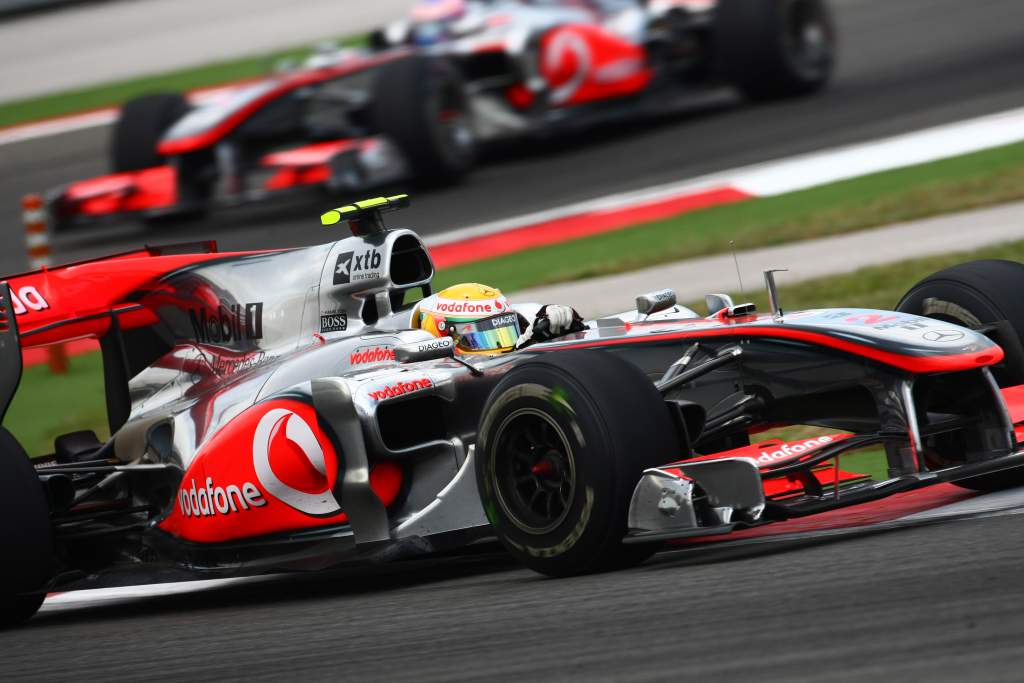
That deficit to Button’s points score across the three years is all derived from the last third of the 2011 season when Hamilton delivered a bizarre series of scrappy, error-filled races. He has since confirmed that he was ‘not well’ during that time. It was a reference to his mental health in the wake of his split with girlfriend Nichole Scherzinger.
Up until the time the errors began – at Spa, when he tangled with Kamui Kobayashi – he comfortably had the beating of Button. He was 12 points ahead, 8-1 up in qualifying by a not small margin.
Button had genuinely beaten him only twice in 11 races up until this point, and one of those was in Canada where Hamilton had been squeezed into the pitwall and retirement by him.
Three subsequent Hamilton collisions with Felipe Massa in Singapore, India and Japan, and a broken gearbox in Brazil – all while Button scored heavily – was later enough to swing those three-year points in Button’s favour.
But even in between all the conflict – and he was actually plain slow on race day in Suzuka for the first and only time in his career – he was still able to deliver an outstanding victory drive in Abu Dhabi.
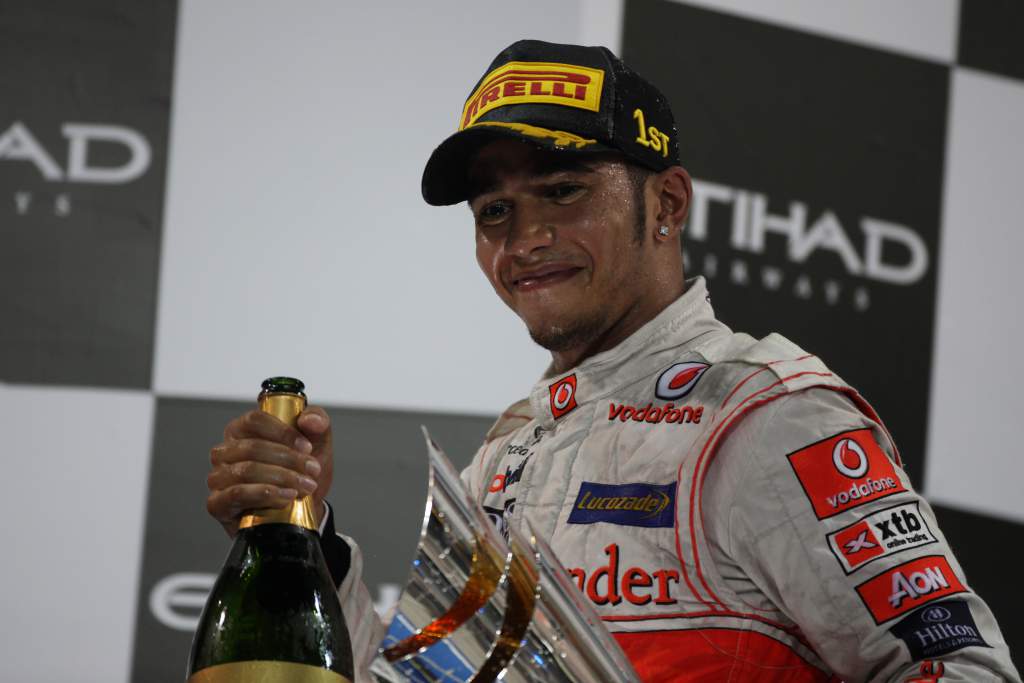
In 2012, with better reliability and a couple of better pitlane calls from McLaren, Hamilton could have been world champion against Vettel’s generally faster Red Bull. Where comparison was possible he outqualified Button 13-1 by an average in excess of 0.3s. He won only four times but it could easily have been six (including that infamous retirement from the lead in Singapore).
In the Singapore hotel after the race he made his decision to switch to Mercedes. He’d already been primed by Ross Brawn, who convinced him just how heavily Mercedes was investing in the new hybrid formula and how important it would be in this era to be a works team rather than a customer (which McLaren no longer was, thanks in large part to Brawn!).
Hamilton for sure arrived at Mercedes a more mature and sophisticated driver than the sensational rookie of 2007. But his evolution would accelerate in his new surroundings – and many of the lessons would be learned from being paired with his old friend Nico Rosberg.
As the incumbent driver, familiar with the team’s workings and the general feel of the car, Rosberg was usually quicker in the first part of 2013. But by half-season Hamilton was gaining the upper hand. He was leading the British Grand Prix before a tyre explosion handed victory to Rosberg.
Hamilton followed up with victory in Hungary. He was generally ahead in the second half of the season and finished 18 points in front. It was just the warm-up for their title fights of the next three years.
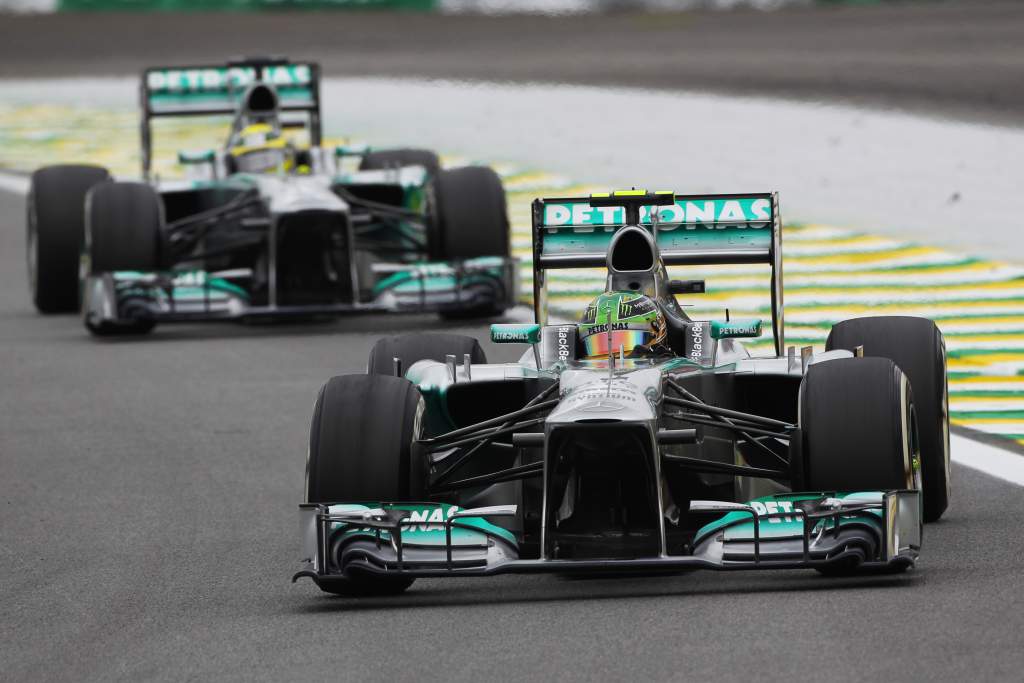
The hybrid era Mercedes have certainly flattered Hamilton’s career statistics. But that is not mutually exclusive to him having been the greatest driver of his era. Even if the numbers didn’t previously align, he was always the pre-eminent talent.
That’s why what was to become the best F1 team there has ever been recruited him. The best driver and best team have together made each other even greater.


